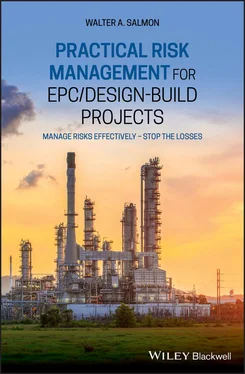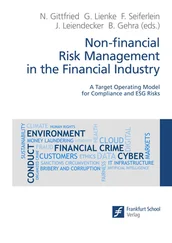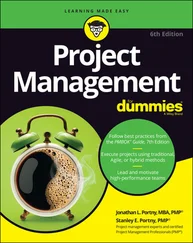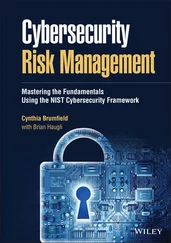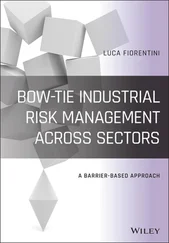On the other hand, under an EPC Project, if the extension of time for completion of the Project is not caused by an excusable delay, the Contractor has to bear the associated additional cost burden as well as compensate the Employer (by way of Liquidated Damages) for completing the Project late. I can therefore fully appreciate why Employers nowadays will want to turn more and more to undertaking new complex Projects on a lump-sum EPC basis, rather than rely on the Traditional Contracting route. All this is not good news for Contractors since, as I have just mentioned, the risks placed upon them are far greater with lump-sum EPC work than where some other entity is responsible for undertaking the design work. For the majority of EPC Projects, those increased risks tend to make it harder for the Contractors to achieve the originally intended level of profit.
For anybody wishing to obtain an easy-to-read overview of the EPC and Design-Build models and the benefits thereof from a government's perspective, there was a very helpful paper presented at the Project Management Conference held at Canada's Chateau Nova Hotel, Yellowknife. 11 It provides a general discussion of the approaches and deals with the Employer's considerations, including the risks and problems involved. It also offers a range of mitigation measures that can be adopted by the Employer and/or the Contractor. In addition, it sets down a lot of questions that it would be best for the Employer and the Contractor to obtain answers to before committing to entering into an EPC or Design-Build contractual arrangement. However, overall the paper seems to be very supportive of the use of EPC and Design-Build Projects for bringing more certainty of success from the Employer's perspective. This is what helped tip the balance towards me concluding that EPC Projects favour the Employer far more than they do the Contractor.
2.7 Fixed-Price Lump-Sum Contracts
Sometimes, the Conditions of Contract proffered by the Employer for EPC Projects may contain the words ‘fixed-price’ as well as the term ‘lump-sum’; I have seen that this combination of words can hurt the Contractor. I say this, because I experienced a number of instances where the Employer's Team took the position that those additional words meant that the Contractor could not claim any additional money over and above the original Contract Price under any circumstances whatsoever. That position ignored the fact that there were many clauses in the Contract that mentioned the right of the Contractor to be reimbursed for extras arising from the Employer's side.
On one such occasion there happened to be (deliberately) no provisions included of any sort for Variations to be made, the reason being that the Employer's Team had made it clear that there was absolutely no contingency fund and no budget allowance for Variations to occur. The Contractor had understood that this meant that the Employer would not change a single thing from what had been agreed as the work scope incorporated in the Contract. However, it soon became clear that that was not how the Employer interpreted the Contract. The Employer's view had been that the Contractor should have included an allowance in the bid pricing for all the extras that the Employer would require, since the Contract Price was described as being fixed-price, lump-sum. This led to many arguments and several impasses, the majority of which were never satisfactorily resolved from the Contractor's perspective.
My advice to the Contractor regarding these unacceptable (and added risk) situations is twofold:
1 Never accept the words ‘fixed price’ in the Conditions of Contract, and most certainly not in conjunction with the phrase ‘lump-sum’.
2 Always insist that adequate clauses are added that will entitle the Contractor to reimbursement for Employer-directed Variations. This is especially so if the Employer is adamant that such clauses are missing because no Variations will be allowed (which should be regarded by the Contractor as a ‘red flag’ that major problems are sitting just over the horizon).
2.8 Selecting the EPC Contractor
In an effort to select the best Contractor for an EPC Project, the Employer will normally issue a suite of appropriate bidding (tender) documents to a group of prequalified construction-focused bidders that are highly experienced in, and can demonstrate satisfactory execution of, EPC work. Those bidding documents set out the specific requirements of the Employer for the work to be performed, as well as the requirements for the end outputs from the completed facility. The bidding process itself is frequently divided into two distinctly separate parts (the Technical Bid Proposal and the Commercial Bid Proposal), where the Employer will not proceed with considering a Commercial Bid Proposal until the corresponding Technical Bid Proposal has been found to be acceptable.
The Contractor's preparation work for its Bid Proposals will usually be undertaken under the direction and control of its Proposal Department, and it will also involve a range of different people from the company's corporate workforce (i.e. personnel who are part of the main office's permanent staff and who will not usually be allocated to work on any specific Projects). A tremendous amount of work goes into preparing both the Technical and the Commercial Bid Proposals, and it is not unusual for the EPC Contractor procurement process, from floating of the bid enquiry by the Employer to signing of the Contract, to take more than a year to complete.
The Technical Bid Proposal is compiled with input from the Contractor's technical teams, after which it is subjected to evaluation by the Employer. The main purposes of such an evaluation are:
1 to establish the Contractor's capability for executing the Project, and
2 to determine if the Technical Bid Proposal meets the Employer's requirements fully and can therefore be considered acceptable.
If the Technical Bid Proposal is found to be acceptable, the bidder will then be requested to submit the Commercial Bid Proposal. In the case of the lump-sum portion of the bid, its components will comprise priced line items for the various elements encompassed within the specified work scope. In addition, there will most probably be a requirement for the Contractor to price a schedule of rates that the Employer has provided, which would then be used later to assess the value of potential Variations. Owing to the high level of competition nowadays for new overseas construction Projects, the average industry profitability level priced in for EPC Projects is not very high (ranging from 2.5% to 7.5% on net costs, depending on the perceived level of risks involved). However, in one particular study conducted by Galonske and Weidner in a seemingly good earnings window for the plant construction industry, the actual ratio of Earnings before Interest and Taxes (EBIT) to Net Revenue earned was found to vary from +6% down to −4%. 12 This demonstrates just how tough it is for Contractors to make a profit on EPC Projects.
Moving forward, once the Employer has accepted a bidder's Technical and Commercial Bid Proposals, the Employer will generally issue a Letter of Intent to the selected Contractor before the formal Contract is signed, in order to save time in commencing the Project's implementation work. However, before the Employer issues such Letter of Intent, many negotiations and discussions will have taken place regarding the wording of the contractual and work scope clauses. In fact, a lot of effort and resources are put into that exercise, right from the stage of compiling the Bid Proposals through to the receipt of the Letter of Intent. Those costs, along with all other costs of bidding, are solely borne by each bidder at its own expense, and they are generally recorded (written off) in the financial statements of the bidders as management expenses.
Читать дальше
